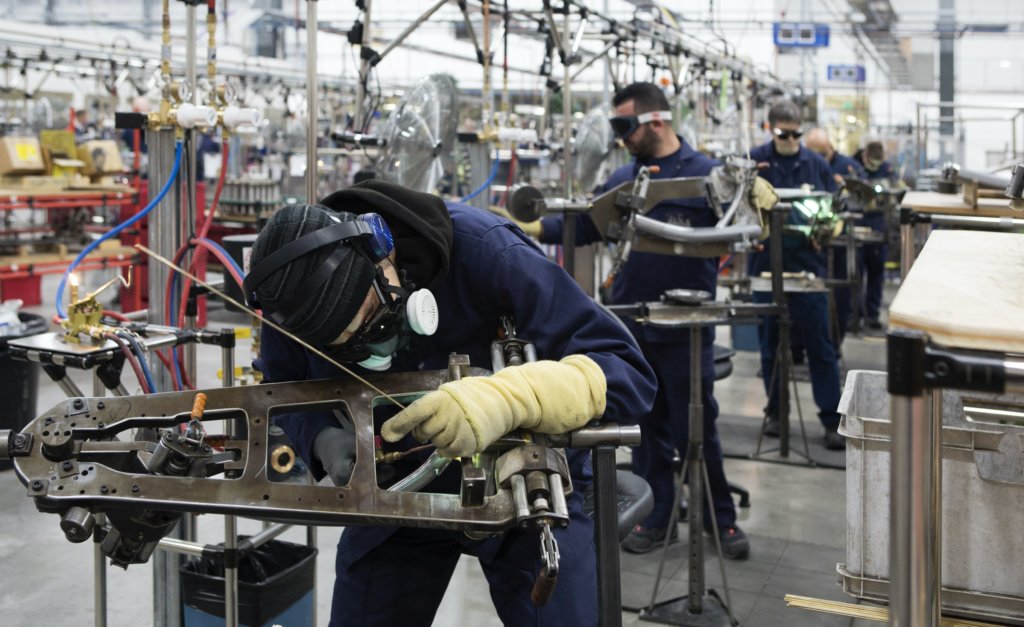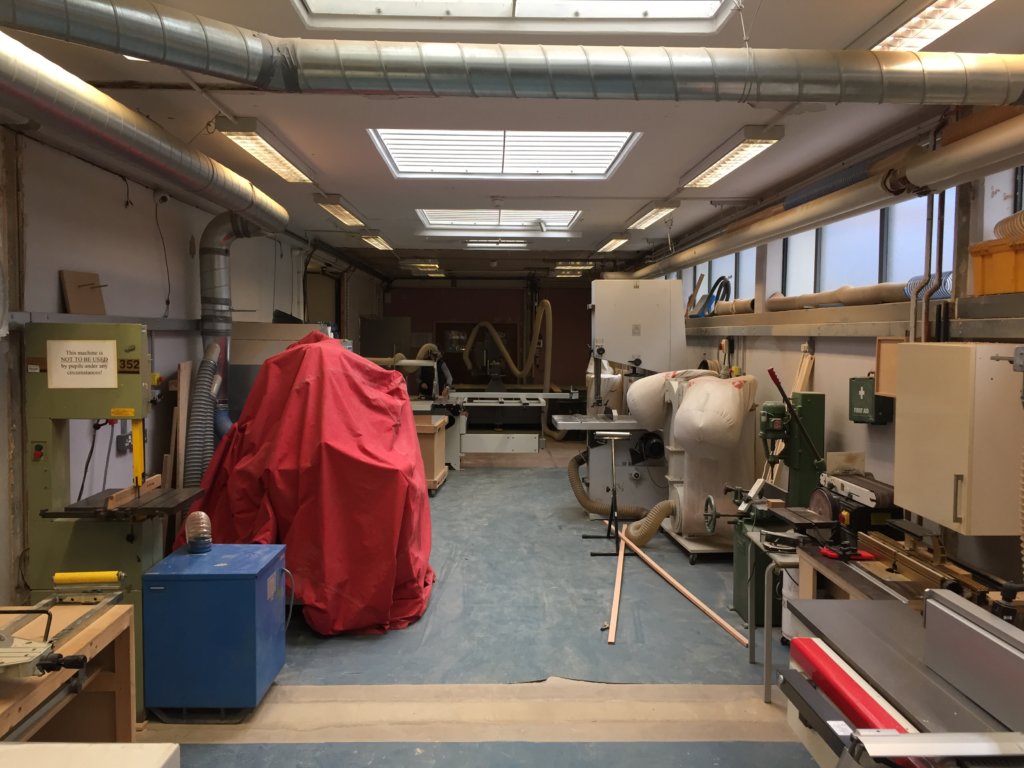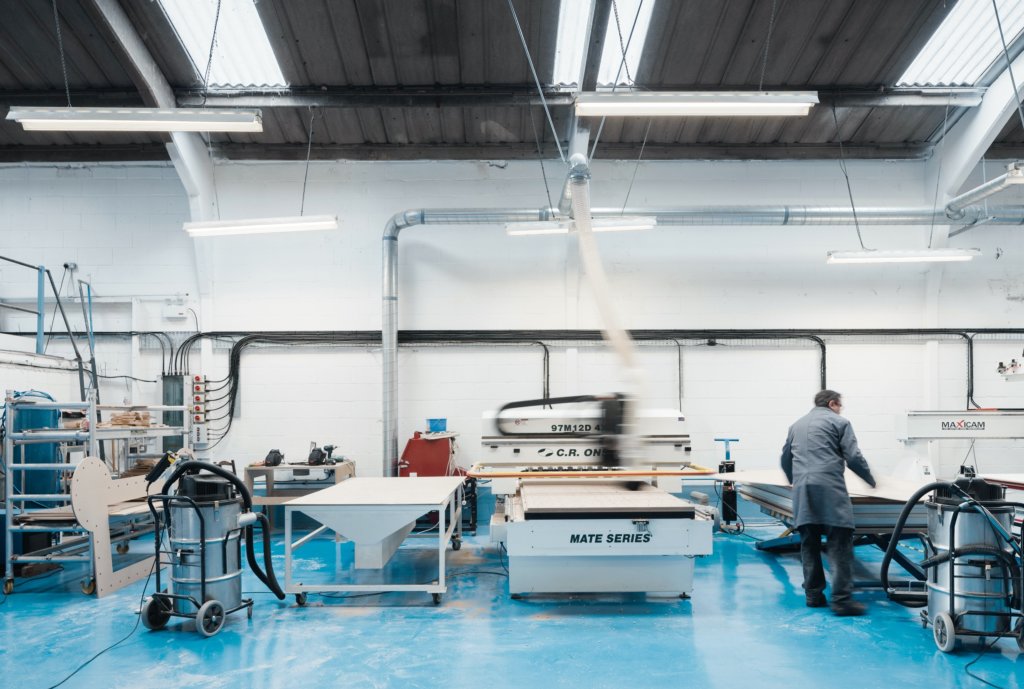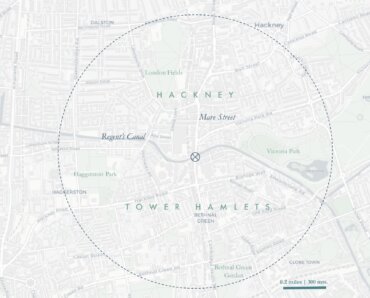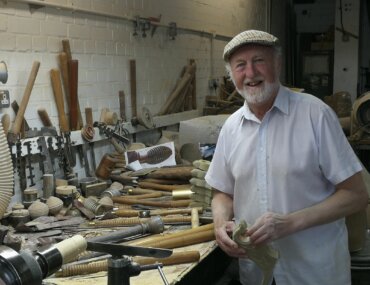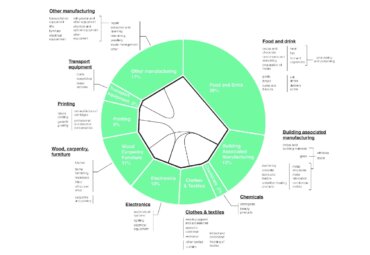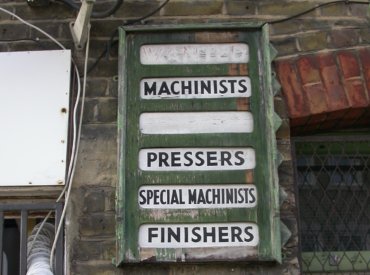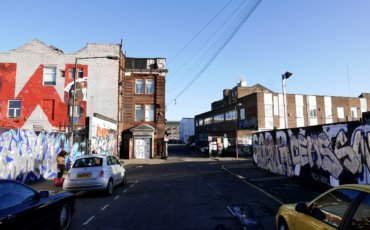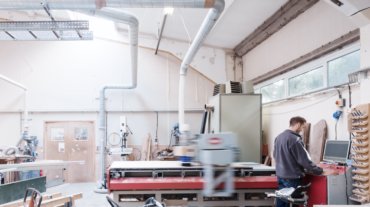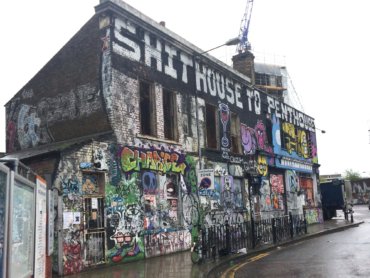London is a highly successful global city. It is the seat of national government and a core part of the UK economy. In 2014, it accounted for more than one fifth of the UK’s total GVA output. On a comparable basis, the city’s economy is larger than that of many European countries, including Belgium, Sweden and Norway. The region governed by the Greater London Authority (GLA)3 covers 1579km².
London has a large population of almost nine million, much higher than other UK cities, and this is set to grow to around 10 million in the next decade as migrants are attracted from across the UK and further afield. This is a diverse population, the most diverse in the UK, with a wealth of culture and communities. It is a well-educated population too, with the city topping European tables for levels of tertiary education attainment amongst its residents.
Today the city faces the challenge of adapting to continued population growth and accommodating both people and industries. It must also address significant inequality amongst its citizens. Despite its economic success, these fruits are not evenly distributed: a Londoner in the top 10 percent has 295 times the wealth of a Londoner in the bottom 10 percent, and 27 percent of the city’s residents live in poverty (after deducting housing costs). If its citizens of tomorrow are to live happy and healthy lives then London must also improve its relationship with the environment, from tackling its serious air pollution breaches to dealing with its waste.
Manufacturing has played a role in the city’s economy and society throughout history. Like other UK cities London underwent deindustrialisation in the late twentieth century, but unlike many others it thrived in this new environment and has established itself as a leading global financial services centre. The story of manufacturing in London is far from over, however, and new technologies look set to shape a new chapter.
Along with the rest of the UK, the city is gearing up to exit the European Union in 2019. The implications of this transition are not yet clear but will have significance for the capital’s manufacturers.
